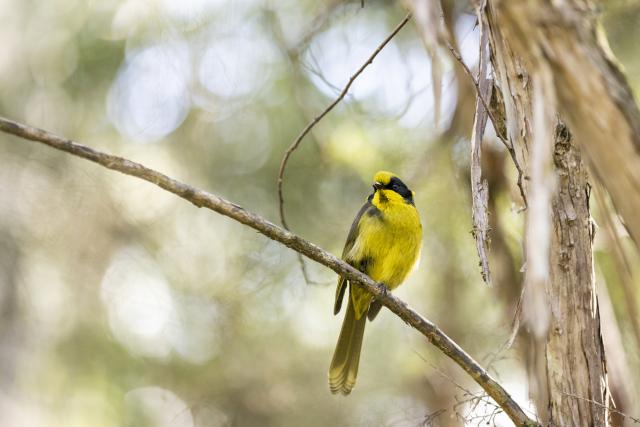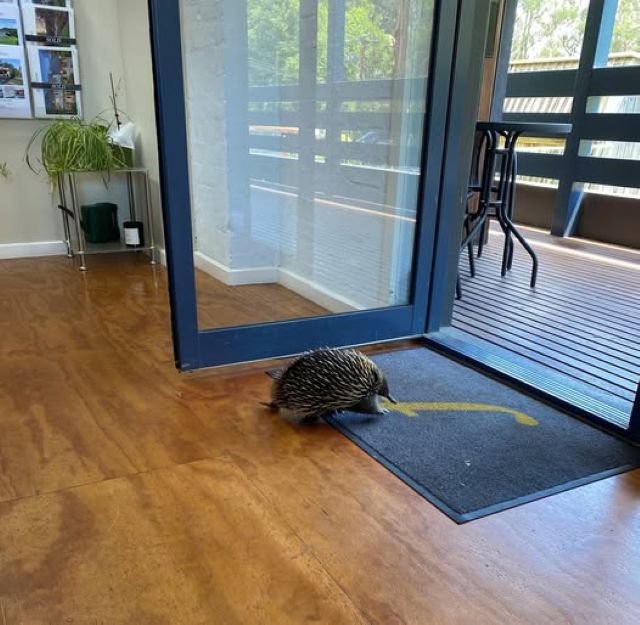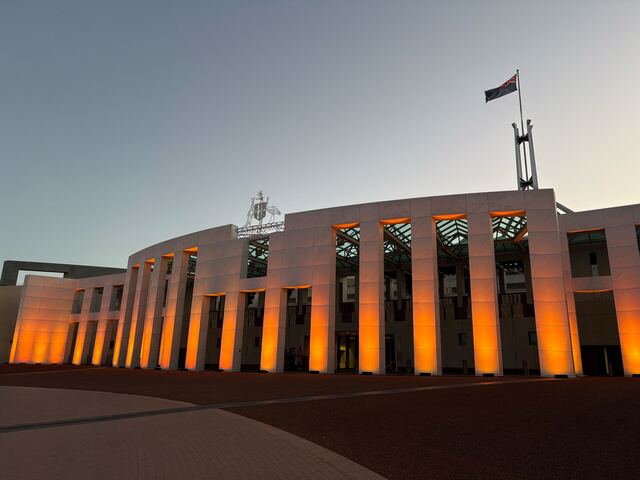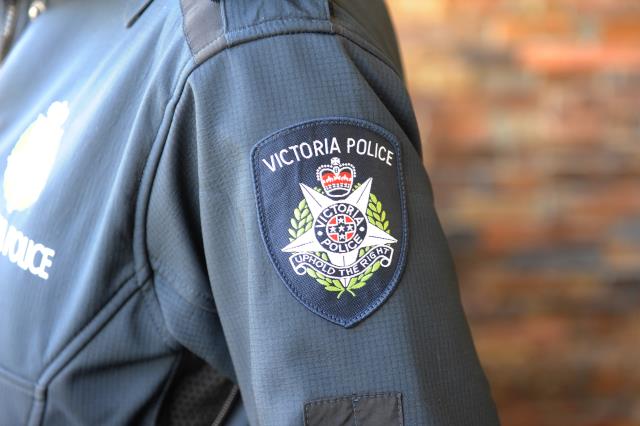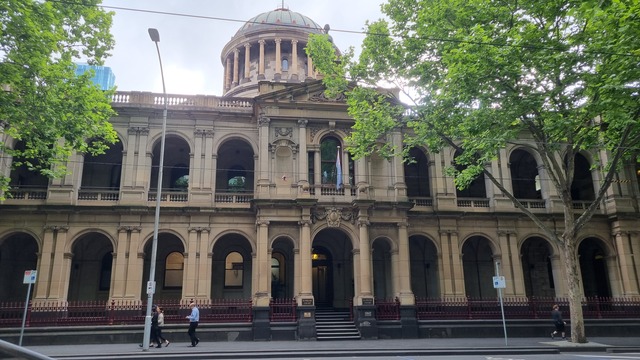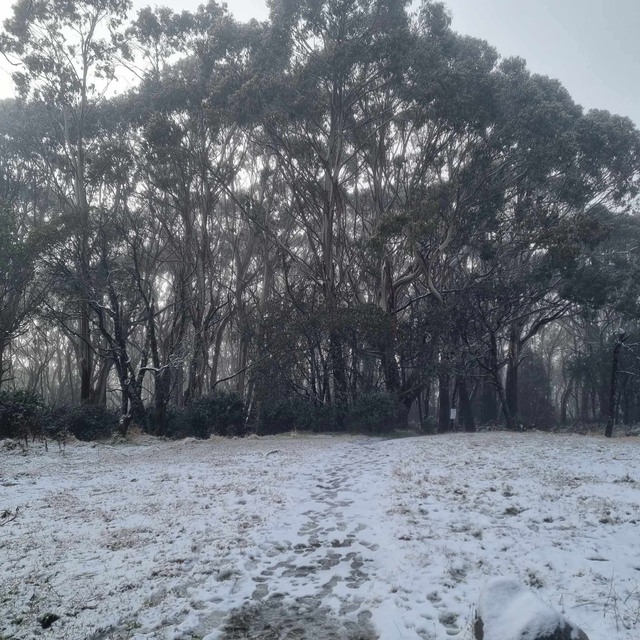On Monday 9 May, 18 critically endangered Helmeted Honeyeater birds were released into a new home in the Yarra Ranges National Park.
A certain patch of the park is one of only two locations in Victoria where a wild population of the state’s faunal emblem exists.
Minister for Energy, Environment and Climate Change Lily D’Ambrosio said it was a remarkable sight.
“To see this rare bird in the wild is truly remarkable, and a sight future generations of Victorians should be able to witness one day,” she said.
“We’re making record investments into biodiversity, regenerating our precious native species and restoring habitats to ensure our faunal emblem can flourish in the wild once more.”
The 18 birds are joining the 32 Helmeted Honeyeaters that founded the second site east of Warburton in August 2021 from a breeding program at Healesville Sanctuary.
Zoos Victoria Senior Ecologist, Dr Dan Harley said the occasion was a privilege.
“It’s a privilege to be able to release 18 of these critically endangered Victorian birds into their new wild habitat,” he said.
“We are all excited to see them produce more fledglings later this year.”
Since 1989, the Victorian Government and conservation partners including Healesville Sanctuary have been working to save the rare bird, helping to increase the population by ten times the lowest number of birds from only 25 to the 250 that exist in the wild today.
Since the wild population in the Yarra Ranges National Park was established, three chicks have already successfully hatched into the new wild population, raising hopes for the long-term survival of the species.
The new residents have been fitted with tiny radio transmitters so they can be closely monitored. Later this month, several more birds bred at Healesville Sanctuary will also be released at Yellingbo Nature Conservation Area to further increase genetic diversity.
The Helmeted Honeyeater is a Victorian faunal emblem, along with the Leadbeater’s possum, with the Victorian Government contributing $2 million via the Faunal Emblems Program from 2021 to 2023, with almost $4 million in funding dedicated to improving the sustainability of the populations of both animals since 2018.

